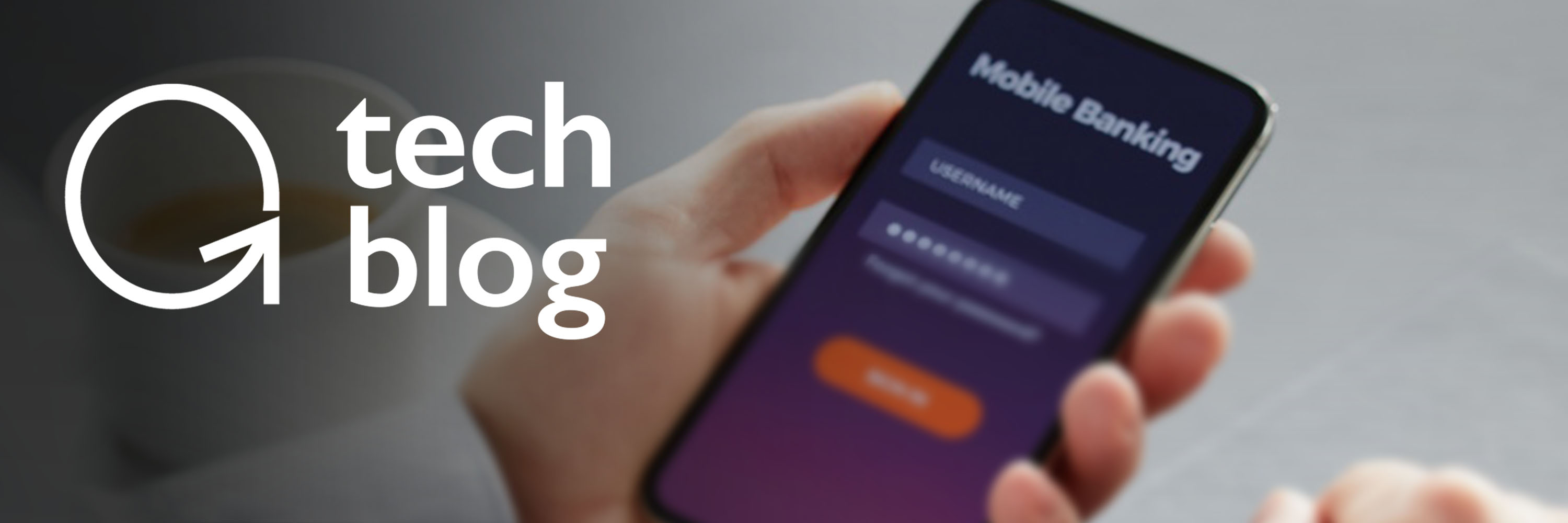
Over three quarters of Americans used a mobile device the last time they checked their bank account balance, and mobile banking is skyrocketing across the globe.
Yet nearly 2 billion people in the world still lack bank accounts.
And by far, the largest mobile market on the planet consists of the unbanked, those without any place to store their money.
The issue is infrastructure, especially in poorer countries, where the cost of building and maintaining banks simply exceeds the value they can generate.
Yet, while over one fourth of our global population lacks access to a bank account, nearly all of them have mobile phones.
This brings us to a Vodafone executive named Nick Hughes, and one of the more stubborn of all international economic problems: microfinance.
Here, we’ll explore how mobile connectivity is creating a new market for the world’s unbanked, and delve into blockchain’s race to leap over traditional banking.
Let’s dive in…
(Note: If you like this blog, share it! | LinkedIn | Facebook | Twitter | Or send your friends and family to this link to subscribe!)
P.S. Send any tips to our team by clicking here, and send your friends and family to this link to subscribe to Abundance Insider.
A New Currency: Cell Phone Minutes
At the 2002 World Summit for Sustainable Development, Vodafone’s Nick Hughes gave a presentation about risk.
His goal was a long shot: convince large corporations to help poorer nations by allocating research dollars for high risk / high reward ideas.
An official from the UK’s Department for International Development was in the audience. Afterward, he approached Hughes with an even more unusual proposition.
The Department had begun paying attention to mobile phone usage and noticed that in parts of Africa, people were treating mobile phone minutes as a quasi-currency, trading them for goods and services that would normally require cash. They saw potential here and, more importantly, had a million dollars to invest. If Vodafone agreed to match funds, the Department agreed to finance a pilot project.
Since borrowing money is one of the largest problems faced by the unbanked, their initial pilot project idea was microfinance. A microloan for a cow, motorbike, or sewing machine—that is, the startup costs for a small business—is often the start of the end of the cycle of poverty.
By giving people a way to withdraw and repay their loan via cell phone minutes, the Department suspected they might jump-start entrepreneurship in countries that needed it most.
The result of this collaboration was M-Pesa, which was initially rolled out in Kenya in 2007. Without bank branches or ATMs, M-Pesa relies on an ancient technology: people.
Individual agents sell cellphone airtime in local markets, trading minutes for cash and vice versa. Customers load the airtime to their SIM card, then to their phone, turning the minutes into money, which can be sent to another via text message.
While microloans initially generated this plan, remittances turned it into a force. Being able to transfer money without banking fees allowed workers in the city to send money to relatives in the countryside—aka, remittances—which both saved them the 12% charged by the likes of Western Union and replaced the older method: giving a bus driver an envelope of cash and hoping for the best.
Eight months after launch, a million Kenyans were using M-Pesa. Today, it’s nearly the entire country.
According to research done at MIT, with nothing more than access to basic banking services, M-Pesa lifted 2% of Kenya’s population—over 200,000 people—out of extreme poverty.
Nor is it just Kenya.
M-Pesa now provides banking services to over 30 million people in ten different countries. In places rife with corruption, it’s become a way for governments to protect against graft. In Afghanistan, it’s how they now pay the army. In India, it’s pensions. And it’s no longer just M-Pesa offering such services.
In Bangladesh, bKash now serves over 23 million users; in China, Alipay serves just shy of a billion. And like Good Money, Alipay has become a force for social good.
More than 500 million customers play “Ant Forest,” earning points for making environmentally friendly decisions in their daily lives. These points are then redeemed for real trees planted in the real world.
And it’s become something of a national obsession. To date, more than 1 million trees have been planted.
Importantly, these developments upend the traditional arc of technology.
Typically, cutting-edge ideas pioneered in Silicon Valley move from West Coast introduction to East Coast adoption to European investigation and finally, eventually, into the rest of the world.
But this process has inverted, with developing world innovation becoming developed world disruption.
And more disruption is coming.
Networks Disrupt Hierarchies
Banks occupy a rare spot in the economic ecosystem: All the infrastructure that money flows through belongs to them.
As the trusted central repository, whenever anyone wants to move money around—lend it, transfer it, even give it away—banks can insert themselves into that process. Or, at least, until blockchain technology came along.
With blockchain technology, since trust is built into the system, the system is no longer necessary.
Take a stock trade. Right now, to execute that trade, there’s a buyer, a seller, a series of banks that hold their money, the stock exchange itself, clearinghouses, etc.—roughly, ten different intermediaries. Blockchain technology removes everyone but the buyer and seller. The technology does the rest.
In an attempt to hold on to their thinning slice of the pie, every major bank is rushing into blockchain. Yet arguably moving faster are the thousands of entrepreneurs using blockchain to disrupt these same banks.
Consider R3 and Ripple, two examples of developing world disruption impacting developed world businesses. In both cases, these companies are using blockchain to replace the SWIFT network, the standard protocol overseeing international banking transactions.
This inverted flow of disruption isn’t going to end any time soon. Over the next decade, 4 billion people, the rising billions, will gain access to the internet. Since all of them will need basic banking services, the opportunity is massive.
But thanks to converging technology, the downstream result of Nick Hughes’s long shot is that nearly everyone but banks will end up capitalizing on it.
Final Thoughts
Our dollars and cents are being replaced by bits and bytes: ranging from cell phone minutes to crypto currencies. Evolving currencies will not only help lift developing nations out of poverty, but also disrupt developed economies.
Blockchain will eliminate the financial intermediaries who maintain trust in transactions, as the network itself verifies transactions that once required banking hierarchies.
In our last “Future of Money” blog, we saw how ESG impact investing is disrupting traditional investment vehicles. In today’s blog, we witnessed another form of social impact: the emergence of entirely new currencies that open access to entrepreneurship and upward mobility in developing economies.
In our next blog of the series, we’ll expose how Artificial Intelligence will soon replace the stockbroker and disrupt the financial system as we know it.
(Note #1: This blog comes from The Future is Faster Than You Think—my upcoming book, to be released Jan 28th, 2020. To get an early copy and access up to $800 worth of pre-launch giveaways, sign up here!)
(Note #2: If you like this blog, share it! | LinkedIn | Facebook | Twitter | Or send your friends and family to this link to subscribe!)
WHAT IS ABUNDANCE INSIDER?
This email is a briefing of the week's most compelling, abundance-enabling tech developments, curated by Marissa Brassfield in preparation for Abundance 360. Read more about A360 below.
WANT MORE CONVERSATIONS LIKE THIS? - JOIN ME
At Abundance 360, Peter's 360-person executive mastermind, we teach the metatrends, implications and unfair advantages for entrepreneurs enabled by breakthroughs like those featured above. We're looking for CEOs and entrepreneurs who want to change the world. The program is highly selective. Apply now for Abundance360 Summit if you'd like to develop an Abundance mindset.
Know someone who would benefit from getting Abundance Insider? Send them to this link to sign up.
P.S. I've just released a podcast with my dear friend Dan Sullivan called Exponential Wisdom. Our conversations focus on the exponential technologies creating abundance, the human-technology collaboration, and entrepreneurship. Head here to listen and subscribe.
Head here for the full archive of my latest tech insights.
(Both Abundance360 and Abundance-Digital are part of Singularity University — your participation opens you to a global community.)
Topics: Entrepreneurship Finance Exponentials cryptocurrencies banking Business Models visionary money currencies M-Pesa currency microfinance







